Introduction
Chestnuts, known scientifically as Castanea sativa, are a beloved delicacy enjoyed worldwide, particularly during the colder months of the year. Their sweet, nutty flavor and soft, starchy interior make them an ideal snack, whether roasted, baked, or boiled. Among these preparation methods, boiling chestnuts is a straightforward and popular choice that preserves their natural sweetness while making them easier to peel and digest. However, achieving the perfect boil can be tricky, as the cooking time varies depending on factors such as the size of the chestnuts, their freshness, and the desired texture. This comprehensive guide aims to answer the question, “How long should chestnuts be boiled?” by exploring various aspects related to boiling chestnuts and providing practical tips for achieving the best results.
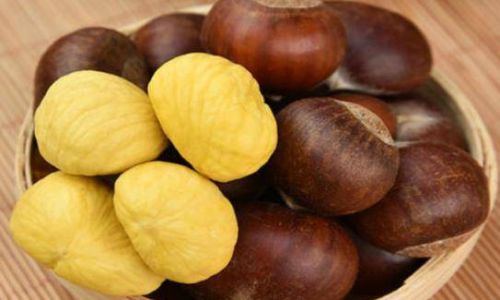
Understanding Chestnut Varieties and Their Cooking Characteristics
Before diving into the specifics of boiling time, it’s crucial to understand the different varieties of chestnuts and how they affect the cooking process. Chestnuts primarily belong to two broad categories: European (Castanea sativa) and Chinese (Castanea mollissima). European chestnuts are larger, with a smoother shell and a sweeter, more delicate flavor. Chinese chestnuts, on the other hand, are smaller, have a more pronounced spike on their shells, and a slightly starchier texture.
The size of the chestnuts also plays a significant role. Larger chestnuts generally require more time to cook through compared to smaller ones. Freshness is another factor; older chestnuts may have dried out, making them denser and harder to cook evenly. Therefore, when determining the boiling time, consider the variety, size, and freshness of your chestnuts.
Preparing Chestnuts for Boiling
Before boiling, chestnuts require some preparation to ensure they cook evenly and are easier to peel afterward. Here’s a step-by-step guide:
-
Selection and Cleaning: Start by selecting chestnuts that are firm, have a smooth shell without cracks, and feel heavy for their size. This indicates they are fresh and full of moisture. Rinse them under cold running water to remove any dirt or debris.
-
Scoring the Shell: Using a sharp knife, make a small ‘X’ or cross on the flat side of each chestnut. This allows steam to escape during boiling, preventing the chestnuts from exploding and making them easier to peel after cooking.
-
Soaking (Optional): Some recipes recommend soaking chestnuts in water for a few hours or overnight. This can help soften the shell and make peeling easier, but it’s not strictly necessary. If you choose to soak, use cold water and change it once or twice if soaking for more than a couple of hours.
Boiling Chestnuts: The Essential Steps
Now that your chestnuts are prepared, it’s time to boil them. Here’s a detailed breakdown of the process:
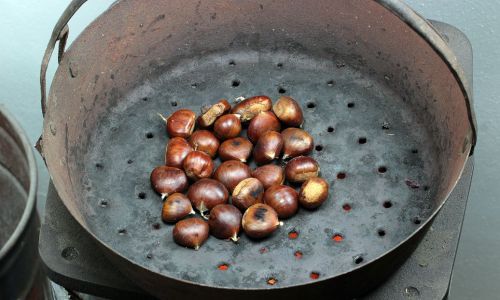
-
Boiling Water: Fill a large pot with enough water to fully submerge the chestnuts. Bring the water to a rolling boil over high heat.
-
Adding Chestnuts: Carefully drop the prepared chestnuts into the boiling water. Be cautious of splashing hot water.
-
Boiling Time: The boiling time for chestnuts can vary widely, ranging from 10 to 30 minutes, depending on the factors mentioned earlier. For most average-sized, fresh European chestnuts, a boiling time of around 15-20 minutes is typical. Smaller Chinese chestnuts may only need 10-15 minutes. Start with the shorter end of the range and test for doneness by piercing one with a fork or knife. The flesh should be tender but not mushy.
-
Testing for Doneness: To check if the chestnuts are cooked, remove one from the pot and let it cool slightly. Peel it and taste. The interior should be soft and cooked through, with a pleasant, nutty flavor. If it’s still too firm or starchy, return the chestnuts to the boiling water for a few more minutes and test again.
-
Draining and Cooling: Once the chestnuts are cooked to your liking, turn off the heat and use a slotted spoon to transfer them to a colander to drain. Let them cool slightly before handling, as they will be very hot.
Peeling and Serving Boiled Chestnuts
Peeling boiled chestnuts is generally easier than peeling raw ones, thanks to the scoring and boiling process. Here’s how to do it:
-
Peeling While Warm: Peel the chestnuts while they are still warm but not too hot to handle. The steam trapped inside the shell will have loosened the inner skin, making it easier to remove.
-
Using a Towel: If the chestnuts are still too hot to handle directly, use a kitchen towel to hold them while peeling. The towel will provide some protection against the heat.
-
Removing the Inner Skin: After removing the outer shell, you may find a thin, sticky inner skin adhering to the nutmeat. This can be removed by gently rubbing the nut between your fingers or using a small knife to scrape it off.
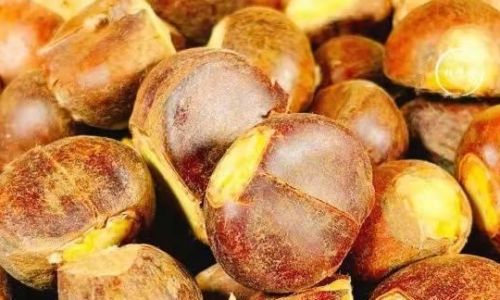
Storage and Usage
Boiled chestnuts can be enjoyed immediately as a snack, added to salads, stirred into stews, or used in various desserts. If you have leftovers, here’s how to store them:
-
Refrigeration: Store peeled or unpeeled boiled chestnuts in an airtight container in the refrigerator for up to a week. They can be reheated in the microwave or oven before serving.
-
Freezing: For longer storage, freeze boiled chestnuts in a single layer on a baking sheet until solid, then transfer them to a freezer bag. They can be kept frozen for up to several months. To use, thaw overnight in the refrigerator or defrost at room temperature before reheating.
Creative Ways to Use Boiled Chestnuts
Boiled chestnuts are versatile and can be incorporated into various dishes. Here are some creative ideas:
- Chestnut Puree: Blend boiled and peeled chestnuts with a bit of cream or milk for a rich, nutty puree that can be used as a spread, filling, or topping.
- Stuffing: Add chopped boiled chestnuts to your favorite stuffing recipe for a unique, festive flavor.
- Sweet Dishes: Incorporate boiled chestnuts into desserts like cakes, pies, or cookies for a natural sweetness and nutty texture.
- Savory Dishes: Use boiled chestnuts in soups, stews, or casseroles for a hearty, earthy flavor.
Conclusion
Boiling chestnuts is a simple yet rewarding way to enjoy their natural sweetness and nutritious benefits. By understanding the variables that affect cooking time, preparing the chestnuts properly, and carefully monitoring the boiling process, you can achieve perfectly cooked chestnuts that are easy to peel and delicious to eat. Whether you’re serving them as a snack, incorporating them into a meal, or using them in a dessert, boiled chestnuts offer a delightful, festive touch to your culinary repertoire. Experiment with different varieties, cooking times, and recipes to find your perfect chestnut boil, and enjoy the sweet, nutty taste of this seasonal treat.
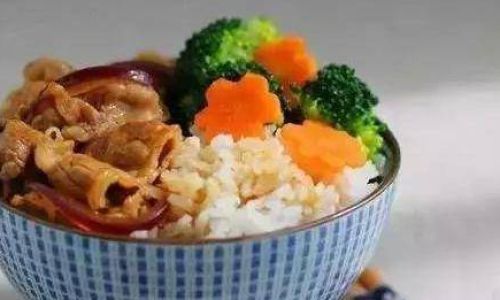
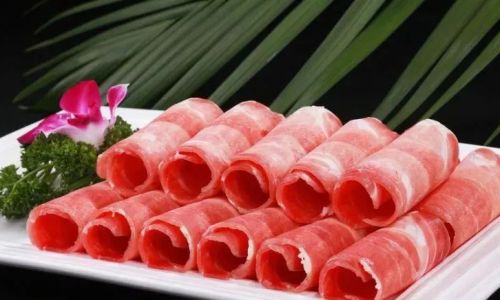
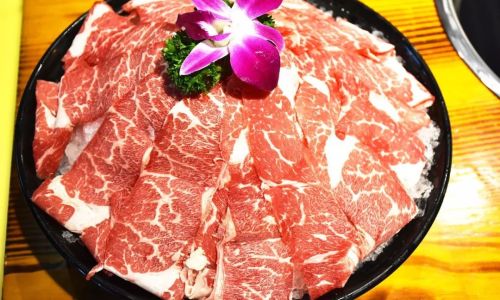
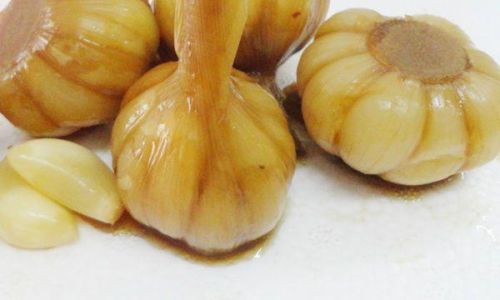
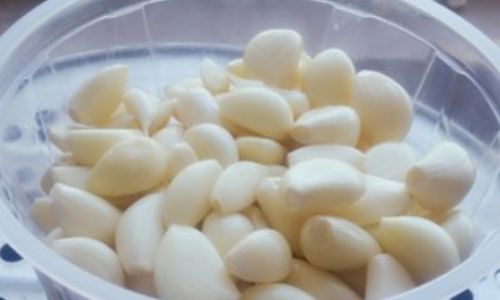
0 comments